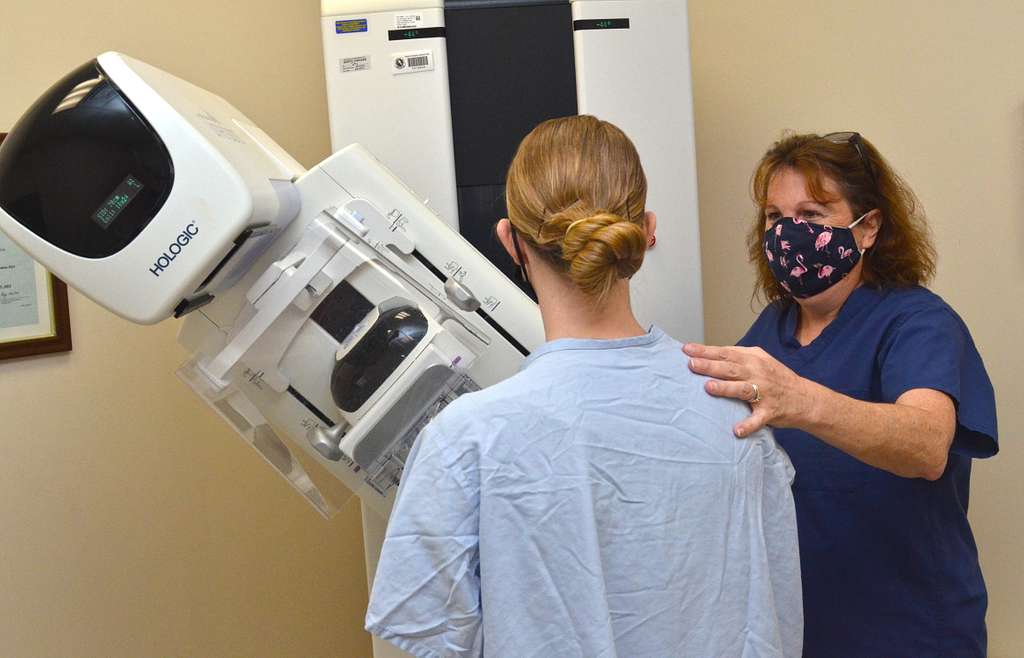Mammograms serve as a key tool in the early detection of breast cancer. Regular screenings are recommended for women and individuals assigned female at birth who are aged 40 and above. The goal is to detect abnormalities before symptoms develop, increasing the chances of early intervention and favorable outcomes. This article explores what a mammogram entails, its significance in early detection, and how to prepare for the procedure.
Understanding Mammography
A mammogram is an imaging test that examines breast tissue using low-dose X-rays to identify any irregularities or changes. These tests help detect benign and cancerous breast tissue changes that may not be visible or palpable during a standard physical examination.
The procedure is straightforward. You place your breast on a flat platform while a compression paddle presses it gently against the surface. This compression spreads the breast tissue evenly for a clearer image, assisting radiologists in detecting anomalies. The entire process takes around 20 minutes.
Two types of mammograms exist. Screening mammograms monitor for any noticeable changes in those with no symptoms. Diagnostic mammograms serve a different function, designed to investigate suspected abnormalities or changes found in earlier tests.
Getting Regular Mammograms
Early detection is highly linked to better outcomes in breast cancer cases. Detecting cancer at an earlier stage often means less invasive treatment options are possible. Tumors detected early can often be treated before they have grown larger or spread to other areas of the body.
Statistically, mammograms have helped reduce mortality rates due to breast cancer. Imaging can identify changes in the breast tissue up to three years before they present themselves as a lump or physical change. The earlier these changes are detected, the more treatment pathways become available. Mammograms are particularly helpful for people with dense breast tissue, where physical examinations can sometimes miss abnormalities. Advanced mammography techniques, such as 3D imaging, provide even more accurate insights in these cases.
Preparing for a Mammogram
Preparation can make the process smoother. Schedule your mammogram for a time when your breasts are least likely to be tender, typically a week after your menstrual cycle. If you’re postmenopausal, you can schedule at a convenient time without restrictions. Refrain from applying deodorants, powders, lotions, or perfumes under your arms before your test. Some of these products can show up on X-rays and mimic irregularities.
Bring any prior mammogram images and reports with you if this is not your first screening; this allows for comparative diagnostics. Wear a two-piece outfit on the day of your appointment, as you’ll need to remove your top and bra for the test. If you experience discomfort from compression during the imaging, communicate this with the technician, who can help adjust as needed while still achieving optimal imaging results.
Learn More About Women’s Health
Taking proactive steps to schedule regular mammograms contributes to long-term health and well-being. Regular screenings establish a baseline for your breast health, making it easier for professionals to spot any deviations over time. If you have additional risk factors, such as family history or genetic predispositions, you may need to begin screenings earlier or supplement mammograms with other imaging tests like breast MRIs. Speak with your healthcare provider to tailor a monitoring strategy to your specific needs. Small, consistent actions can yield significant results.

